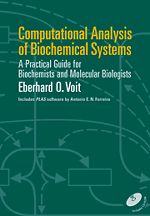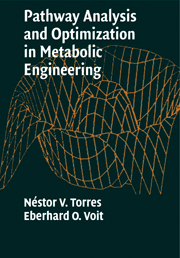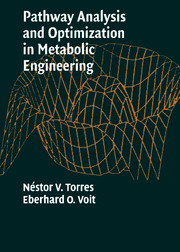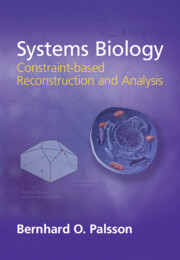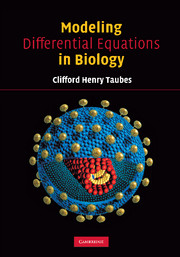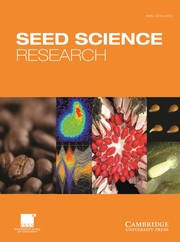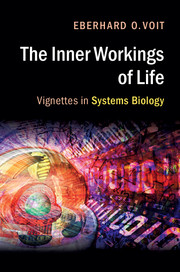Computational Analysis of Biochemical Systems
Throughout the foreseeable future, research in medicine, molecular biology, and biotechnology will be dominated by scientific advances resulting from the Human Genome Project. Knowledge of genomes will elucidate disease patterns and promise improved and personalized treatments. Food and drug development will be revolutionized by focused manipulation of genes and biochemical processes. Researchers will begin to construct metabolic pathways from scratch. A true understanding of genetic and metabolic function and design will depend on mathematical and computational methods for analyzing biochemical systems. It will require new ways of thinking and novel approaches of integrative analysis. This book teaches biochemists and molecular biologists the use of modern computational methods for the analysis of complex biomedical systems without assuming more than a modest background in mathematics. The book begins with representations of biochemical systems, provides guidelines for setting up models, discusses in detail mathematical and computational methods of parameter estimation and model analysis, and ultimately connects to the modern literature with four detailed case studies. Every step is illustrated with examples and explored with accompanying software.
- First text on biochemical systems analysis since Savageau's 1976 book
- Includes PLAS software
- Very modest mathematical background will suffice, as long as the reader is interested in learning new quantitative concepts
Reviews & endorsements
'… is not only a fine, but a long overdue, book … this is an excellent introduction to a complex field, which I am happy to recommend to anyone.' Darren Flower, Chemistry in Britain
Product details
November 2000Hardback
9780521780872
544 pages
262 × 183 × 30 mm
1.12kg
182 b/w illus. 37 tables 235 exercises
Unavailable - out of print December 2016
Table of Contents
- Preface
- Introduction
- 1. Graphical representation of biochemical systems
- 2. Models of biochemical systems
- 3. From maps to equations
- 4. Computer simulation
- 5. Parameter estimation
- 6. Analytical steady-state evaluation
- 7. Sensitivity analysis
- 8. Case study 1 - Anaerobic fermentation pathway in Saccharomyces cerevisiae
- 9. Case study 2 - diagnosis and refinement of a model of the tricarboxylic acid cycle in Dictyostelium discoideum
- 10. Case study 3 - A sequence of models describing purine metabolism
- 11. Case study 4 - Algebraic analysis of the initial steps of the Glycolytic-Glycogenolytic pathway in perfused rat liver
- 12. Epilogue-Canonical modeling beyond biochemistry
- Appendix
- Hints and solutions
- References
- Author index
- Subject index.

